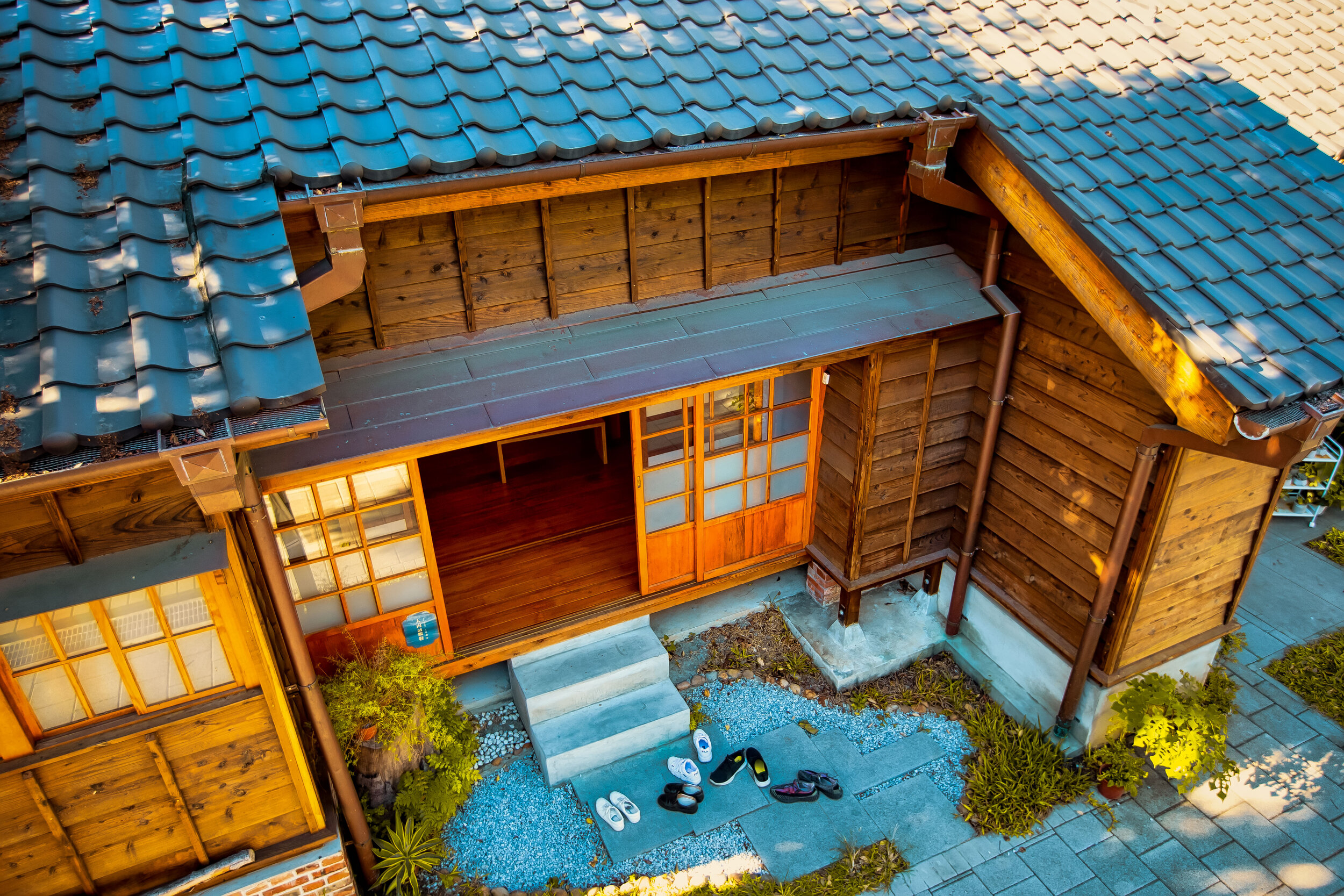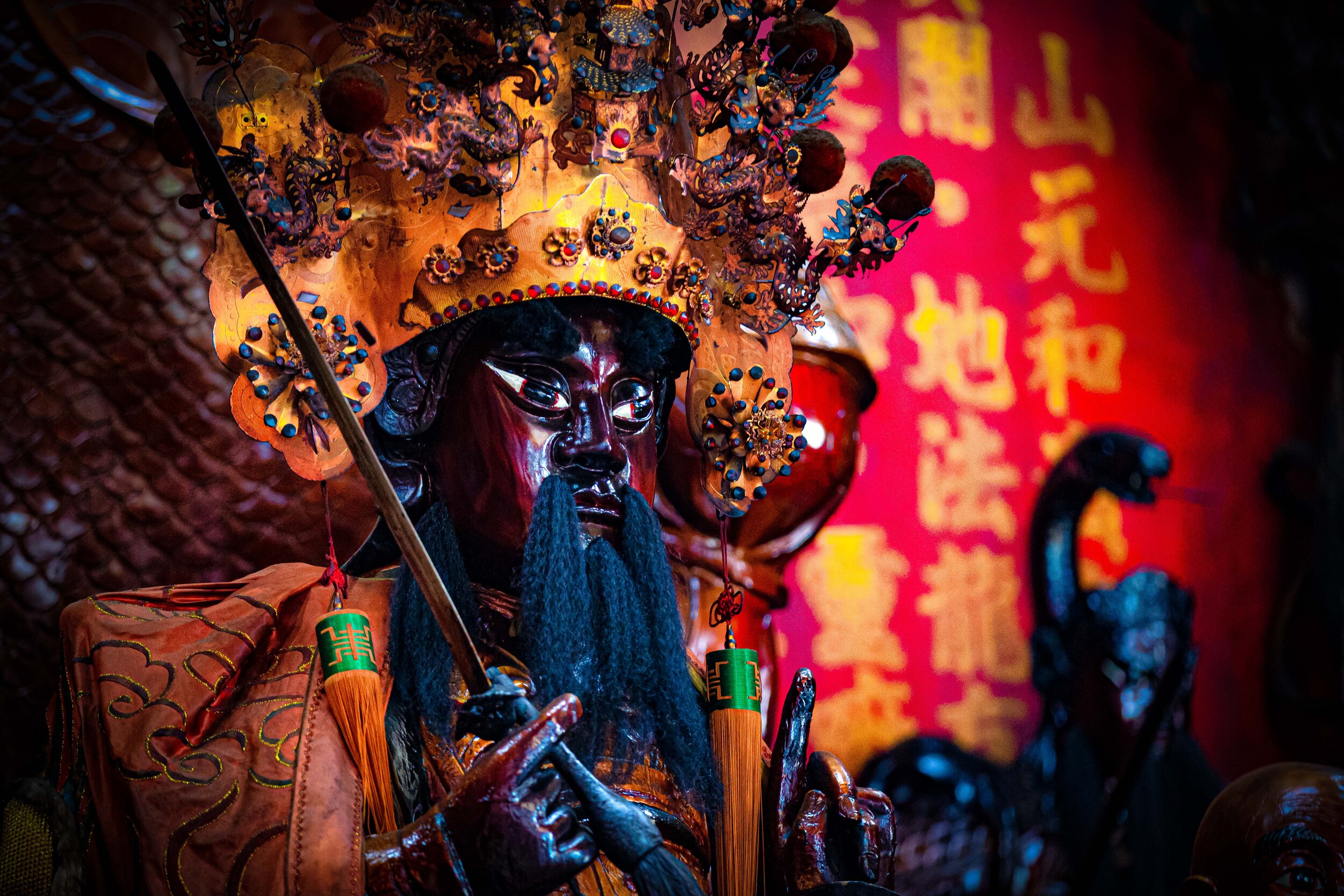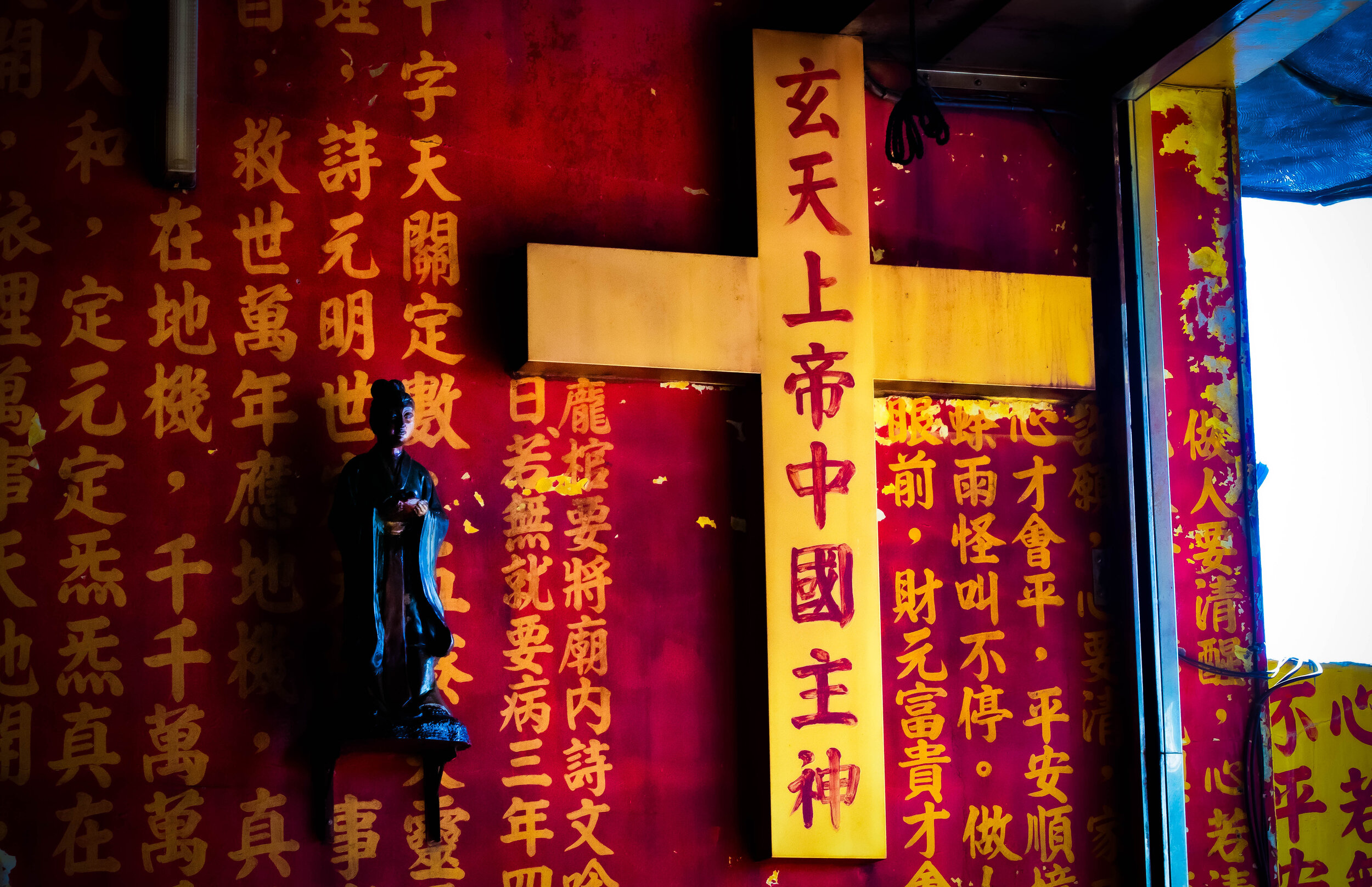Having recently celebrated the 120th anniversary of its founding, Zhongli Elementary School finds itself on a very exclusive list of educational institutions in Taiwan with such a long and storied history.
Plans for the construction of “Zhongli Public School” (中壢公學校) started in 1898 (明治31年), shortly after the Japanese took control of Taiwan. The school opened two years later in 1900 and became one of Taoyuan’s (and Northern Taiwan’s) first public educational institutions.
To celebrate the 120 year anniversary of the school, festivities were held throughout the year and the school announced plans for some restoration projects that would modernize and beautify the campus.
To coincide with the anniversary, the Taoyuan City Government started a restoration project on the historic teachers dormitories that were once used by the staff at the school during the Japanese Colonial era.
The plan was to have them ready to reopen to the public in conjunction with the celebrations for the school’s milestone anniversary.
With such a long and storied history, you’d think that finding information about the school would be pretty easy, but that’s not actually the case.
From what little I’ve found from the school’s own literature is that “Zhongli Public School” opened in 1900 and as the number of students steadily increased over the years, several “branch” schools had to be constructed nearby communities - all of which still exist today.
In total, five branch schools were constructed around town, which have all since changed their names and are now known as Chung-Ping Elementary (中平國小), Hsin-Ming Elementary (新明國小), Hsin-Jie Elementary (新街國小), Longgang Elementary (龍岡國小) and Nan-Shih Elementary (南勢國小).
If you’ve lived in the area as long as I have then you’re probably aware that these schools (in most cases) were the basis for the formation of a community that used the same name as the school.
Most notably “Hsin-Ming Elementary” is known for its popular neighbour, the Zhongli Night Market (新明夜市), which is actually named “Hsin-Ming Night Market” and the Hsin-Ming Traditional Market, which is home to two of the city’s most famous restaurants, Hsin-Ming Beef Noodles (新明牛肉麵) and Yong-Chuan Beef Noodles (永川牛肉麵).
In the decades since the colonial era ended, the school has changed its name a few times, but no matter what it is called, it is still the first educational institution opened to the public and is an important part of the local history.
Subtle name changes:
1947 (民國36年) - 中壢國民學校
1968 (民國57年) - 中壢國民小學
2014 (民國103年) - 桃園市中壢區中壢國民小學
The topic today however isn’t really about the school itself, but the Japanese-style teachers dormitories that were constructed nearby.
As I’ve already mentioned, the growing number of students wanting to take part in the public education system, it became necessary to construct branch schools as well as homes for the staff working at the schools to live.
Constructing “dormitories” (員工宿舍) for employees was a service that the Japanese Colonial Powers provided, especially for civil servants and those working within important industries.
There would have been dormitories that housed police, government officials, teachers, principals, railway workers and many of the engineers who came to Taiwan to help develop the island.
Today, all over Taiwan many of these dorms are being restored and reopened to the public as tourist destinations in an attempt to help people learn more about an important part of Taiwan’s history.
So lets take a look at the newly reopened Zhongli Elementary School teachers dormitories, which have been (randomly) renamed the “Zhongli Forest Story House” (壢小故事森林).
Zhongli Elementary Teachers Dorms (中壢國小日式宿)
You might think that like most school dorms that the teachers dorms would have been constructed somewhere on campus, but in order to provide the teaching staff with a bit of privacy, they were constructed on a nice plot of tree-covered land nearby.
Constructed in 1917 (大正6年), the three Japanese-style homes are on a plot of land that is about 871 square meters large and would have provided staff with easy access to the school as well as the nearby train station and whatever amenities would have been available in the downtown area at that time.
Interestingly, from a design perspective, even though there are three buildings, each of them was constructed somewhat differently as they all served different functions. One of them was a typical Japanese style family home, while the other two were more dorm-like in their set-up.
The two single-floor buildings, which are referred to as “Building A” (A棟) and “Building B” (B棟) are typical Japanese-style homes that were constructed with Taiwanese Cypress (台灣檜木) and have beautiful black Kyoto-style roof tiles (黑瓦).
“Building C” (C棟) on the other hand is a bit different from the other two and even though it maintains aspects of Japanese architectural design, it was constructed with brick, has two floors, a nice patio space on the second level and a roof that was constructed using the same type of red tiles (閩式紅瓦) that you’ll see on many older Taiwanese buildings.
The buildings were used by the Japanese staff of the elementary school from 1917-1945 and then afterwards became dormitories for the teaching staff hired by the new regime for the next few decades before they were more or less abandoned.
Today the dorms have been completely restored and are part of a newly established culture park known as the Zhongli Forest Story House.
Now that they’re no longer dormitories, the government had to find a use for the space, so each of the buildings now serves a specific purpose.
“Building A” - A棟 (沐樂居)
“Building A” was originally constructed as a dorm that would house two families under the same roof (雙拼日式宿舍), so the interior has several rooms and two large open spaces. It would have been a space for more senior teachers who brought their family with them to Taiwan.
The building is currently used as a revolving exhibition space that is likely to focus on the history of the local area, its people, language, cultures and cuisine.
2. “Building B” - B棟 (儒林所)
“Building B” is a smaller single family dorm (單棟日式宿舍) that was likely used by the principal of the school and his or her family. The home is complete with a couple of bedrooms, an open living room, kitchen and bathroom.
The building is currently used as a fun exhibition space for children to come and learn about Taiwanese history in a fun and interesting way.
3. “Building C” - C棟 (睦森館)
“Building C” is the largest of the three buildings and was the space that was offered to teachers and staff with lower seniority. The building was constructed with bricks and as I mentioned above features a red tile roof, which is uncommon for Japanese-style buildings. The living conditions would have been what you’d expect from a typical dorm but there would have been ample space for everyone living inside.
The building is currently used as a multi-purpose space for exhibitions, meetings, public lectures, etc. It is also home to a small cafe where you can purchase some drinks and sit inside. The second floor patio is also open for guests to walk up to get a good look at the beautiful red tiles on the roof of the building as well as the exterior of the other two smaller buildings.
During the week, the space can be a little quiet, but on the weekends there are always events taking place similar to weekend markets with hip vendors setting up mobile coffee shops with others offering a variety of foods. If you visit on the weekend, you should probably expect that there will be quite a few people and the opportunities for photos probably won’t be so good.
Getting There
Address: #52 Bo-ai Road, Zhongli District, Taoyuan City (桃園市中壢區博愛路52號)
The Zhongli Forest Story House is located within the downtown core of the city and is easily walkable from the train station (中壢車站) or the inter-city bus terminal (中壢客運站).
If you’re in town, you can easily grab a Youbike and make your way to the dorms while also checking out many of the other historic destinations within the area.
Located directly across the street from Zhongli Elementary School (中壢國小) and a short walk from the Zhongli Police Dorms (壢景町), the Zhongping Story House (中平故事館) and several staple local restaurants, there is quite a bit to see and do in the space of a single city block, and a five minute walk from the train station.
Hours: Tuesday - Sunday: 10:30-7:00
Admission: Free of Charge
If you’re feeling hungry, take it from me, there are quite a few local restaurants nearby that should satisfy your tastebuds.
Tseng’s Steam-Fried Buns (曾記老牌水煎包) - A short walk away from the dorms, there is always a big line for these freshly cooked buns and for good reason - they’re amazing.
Address: 桃園市中壢區康樂路61號
#61 Kangle Road.
Old Alley Hakka Noodles (老巷小館) - This Hakka noodle place serves up some cheap and amazing Hakka noodle dishes with the addition of succulent plates of duck.
Address: 桃園市中壢區中正路243號
#243 Zhongzheng Road.
Mama Liu’s Hakka Vegetable Buns (劉媽媽菜包店) - This take-away only store sells steaming hot sticky Hakka vegetable buns and are one of the things you absolutely have to eat if you’re in town. There are meat and vegetarian options, so make sure to let them know which type you want!
Address: 桃園市中壢區中正路268號
#268 Zhongzheng Road.
Papa’s Secret Lover (阿爸的情人) - If you’re looking for some straight up amazing Hakka food, then look no further than this restaurant which has been open for half a century.
Address: 桃園市中壢區中山路401號
#401 Zhongshan Road.
Yong-Chuan Beef Noodles (永川牛肉麵) - If you’re a lover of beef noodles, then this restaurant should be high on your list. Its open 24 hours for your enjoyment and no matter what time of the day you visit, its always jam packed with people slurping up the spicy noodles.
Address: 桃園市中壢區民權路61號
#61 Minquan Road.
The Peanut House (張豐盛商行) - While most locals visit this historic shop for their peanut fix, tourists have been coming from all over Taiwan for a taste of their peanut-flavoured ice cream which is surprisingly amazing. If you’re in town on a hot day, you’ll definitely want to visit.
Address: 桃園市中壢區中正路349號
#349 Zhongzheng Road.
The restoration and reopening of the Zhongli Elementary School Teachers Dorms adds yet another location to the list of places for people to visit when they come to Taoyuan. These dorms, in conjunction with the nearby police dorms show off a bit of the city’s colonial history in an area that is rightfully very focused on and proud of its Hakka history and culture.
A visit to the teachers dorms won’t take very long and it seems like there is always something interesting going on, so if you’re planning to visit the area, you should definitely add them to your list of places to visit.




























































